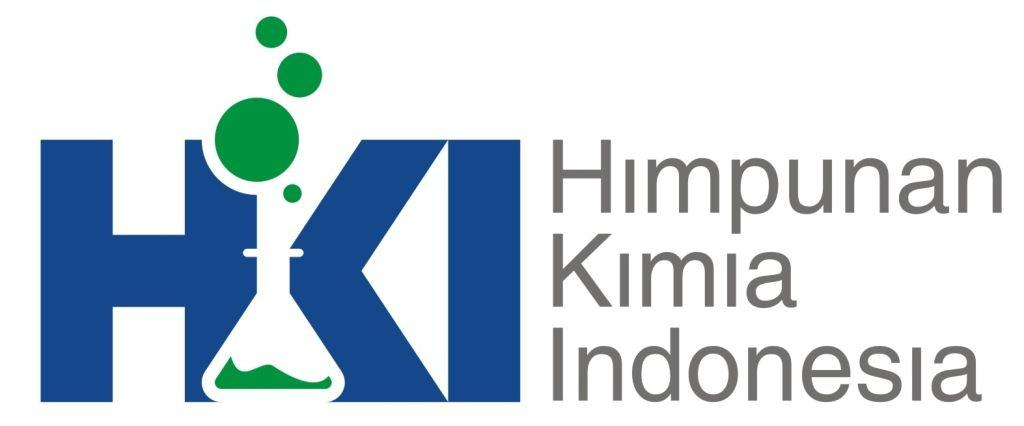Pembuatan Biodiesel dengan Cara Adsorpsi dan Transesterifikasi Dari Minyak Goreng Bekas
Abstract
Keywords: Biodiesel, used cooking oil, adsorption, transesterification, H-zeolit
Keywords
References
Aziz I. 2007. Pembuatan biodiesel dari minyak goreng bekas dalam reaktor tangki berpengaduk. Valensi. 1(1): 19-23.
Aziz I, Nurbaiti S, Ulum B. 2011. pembuatan produk biodiesel dari minyak goreng bekas dengan cara esterifikasi dan transesterifikasi. Valensi. 2(2). 384-388.
Gerpen Vj. 2005. Biodiesel Processing And Production. Fuel Process Technol 86.1097-1107
Ketaren S. 1986 Pengantar Teknologi Minyak dan Lemak Pangan. Cetakan pertama. Jakarta. UI press.
Setiadji AHB. 1996. Zeolite material unggulan masa depan. Makalah Dalam Lokakarya Nasional Kimia, Yogyakarta.
Las T. 1989. Use of Natural Zeolite for Nuclear Waste Treatment, Departement Chemistry and Applied Chemistry, Salford University, UK (Mechlenbacher, V.C. 1960, The Analysis of Fats and Oils, Garrard Press Publishers, Champaign, IL.
Yusnimar. 2006. Pemanfaatan bentonit sebagai adsorbent pada proses bleaching minyak sawit. Prosiding Nasional Teknik Kimia Teknologi Oleo dan Ptetrokimia Industri ISSN : 1907-0500.
Suarya P. 2008. Adsorpsi pengotor minyak daun cengkeh oleh lempung teraktivasi asam. Jurusan Kimia FMIPA Univeritas Udayana, Bukit Jimbaran.
Suseno. 2010. Optimasi proses adsorpsi minyak goreng bekas dengan adsorben zeolit alam. Jurnal Kimia dan Teknologi. 6(1): 20-26.
Hidayat Y, Wibowo, Atmanto H, Sulistyowati. 2010. Studi adsorpsi larutan gliserol menggunakan ZAA sebagai model pemisahan gliserol pada limbah produksi biodiesel. Jurnal Ekosains. II(3).
Susantiani E. 2009. Pengaruh temperatur larutan terhadap adsorpsi ion Cd+2 dengan Co-Ion Cu 2+ dalam berbagai konsentrasi oleh arang sekam padi dengan metode batch. Skripsi, FMIPA Universitas Negeri Malang.
Ramdja AF, Febrina L, Daniel K. 2010. Pemurnian minyak jelantah menggunakan ampas tebu sebagai adsorben. Jurnal Teknik Kimia. 1(17).
Pakpahan JF, Thomas T, Agnes H, Yusuf R. 2013. Pengurangan FFA dan warna dari minyak jelantah dengan adsorben serabut kelapa dan jerami. Jurnal Teknik Kimia USU. 2(1).
Sangha MK, PK Gupta, VK Thapar, Verma. 2005. Storage Studies on Plants Oil and Their Methyls Esters. College of Agricultural Engineering, Punyab Agricultural University, India.
DOI: 10.15408/jkv.v2i1.3107
Refbacks
- There are currently no refbacks.
Copyright (c) 2019 Lisa Adhani, Isalmi Aziz, Siti Nurbayti, Christie Adi Octavia

This work is licensed under a Creative Commons Attribution-ShareAlike 4.0 International License.

